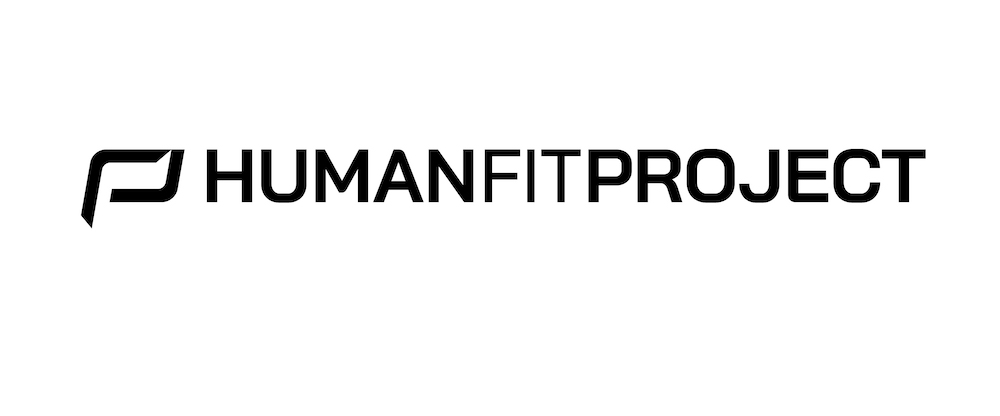New Year’s – a time to turn a new page, to change things has creeped up on us. We have all had the memory of those resolutions that we’ve planned to start when January rolls around. We have been motivated to succeed, to make ourselves better in some way. These resolutions could have been a plan from the previous year or something we’ve only decided within the last months. The first few weeks of the new year go great, likely with a hiccup here and there, but for the most part, we are sticking to our plan. Then comes February – that resolution we were determined to carry through, begins to lose priority and slip to the wayside.
Healthy Foods That Still Make You Fat
According to a study in the Journal of Clinical Psychology, approximately half of us make a resolution during the New Years. The most popular of these are exercise and finances. Of the ones who begin with high expectations, only about 25% of us make it through the first couple weeks and research by the University of Scranton proved that only about 8% are successful in those resolution plans while the rest ultimately end up back where we began before the new year, and sometimes worse off. The stress and frustration of being unsuccessful during these times can lead to conditions such as depression, low self-esteem and many more unfavorable circumstances.
How to Beat Stress and Anxiety in a Minute
So why are the success rates so low, and what can we do to become part of that 8% who see the brighter side of their resolution?
One of the biggest reasons why the failure rate is so high is due to the fact that when we set our goals, they are quickly thought out and are very likely to contain unrealistic goals and expectations. This combination has been coined the “false hope syndrome” by psychology professor Peter Herman. However, not only are the goals and expectations a culprit, so are the ways we plan and our surroundings.
Why You’re Not Actually Building Muscle
Every year, during this time in the fitness industry, I have seen promises made and not long after, they’re broken. We set these expectations and goals through our own understanding – many times without seeking the advice of professionals who are likely able to help us set up attainable, adaptable goals. When we feel ill or have a symptom that doesn’t go away, we don’t write a prescription and take it to the drug store, hoping that it is the right one. We make a visit to the doctor, who is likely able to tell us what we are experiencing and provide guidance on how to solve our problem. Our health and wellness shouldn’t be viewed any differently. Without the proper knowledge, we are likely to set goals that are out of reach, or expect them to happen in a time that is nearly impossible.
Let’s look at another example. When we are growing up, we first learn to roll over onto our stomachs, and then eventually learn to crawl. As we begin to develop coordination and motor control, we find things to help us stand. After about 9-12 months, we take our first – wobbly steps and it’s not until an additional 3 to 8 weeks before we begin walking normally! This means for us to just develop a “normal walk” it can take as long as 14 to 17 months. The simplest things in life take time. Those additional pounds we see don’t just show up overnight, so why should we expect them to disappear in a couple months? We must learn to crawl before walking and then, in time, we can learn to run.
How can we apply these principles to our new years resolutions? Everyone starts their journey with different perspectives, different experiences and at different points in their life. This makes our decisions and possible support challenging, because what may work for our best friends or significant others may not be the plan that works for you and can cause even more stress, confusion and frustration. However, having that social circle or connection could be the one chance we have to maintain our motivation and encourage us to keep going when we begin to doubt ourselves. This is where not only the right fitness professional, but also the right atmosphere comes into the scene. That fitness professional should be able to discuss your history, goals and expectations with you. Through this discussion, they should be able to give you the advice and guidance you need while setting attainable and adaptable goals for your journey. Adaptable may not seem like the first word you want to hear, but to be realistic, sometimes things happen – positive and negative – that we need to adjust our plan of action to stay motivated and on track for success. We also need to find the right atmosphere. If we have someone close that we want to share our journey with and they’re at a different point of their story than we are, we should still be able to go together, even with our own personal goals in mind. Finding a place that allows this will set us up with a plan towards success.
What’s the Best Workout Routine for Me?
The final plan to be more likely to become part of the 8% of those who are successful with their resolutions should include:
• Planning on setting your goal long before the new year.
• Finding a professional to help you set reasonable, specific but adaptable goals.
• Set realistic expectations – learn to crawl before you walk.
• Realize that your journey is specific to YOU, not anyone else.
• Find a facility – and a friend – that fits your style, and encourages you along the way.
• Keep re-evaluating yourself and your progress regularly.
• Stay positive and enjoy the journey!
RESOURCES:
http://www.babycenter.com/0_baby-milestone-walking_6507.bc
https://www.washingtonpost.com/news/to-your-health/wp/2015/01/07/its-january-7-and-a-quarter-of-us-have-already-abandoned-our-new-years-resolutions/
http://www.forbes.com/sites/dandiamond/2013/01/01/just-8-of-people-achieve-their-new-years-resolutions-heres-how-they-did-it/
https://www.psychologytoday.com/blog/wired-success/201412/why-people-cant-keep-their-new-years-resolutions







